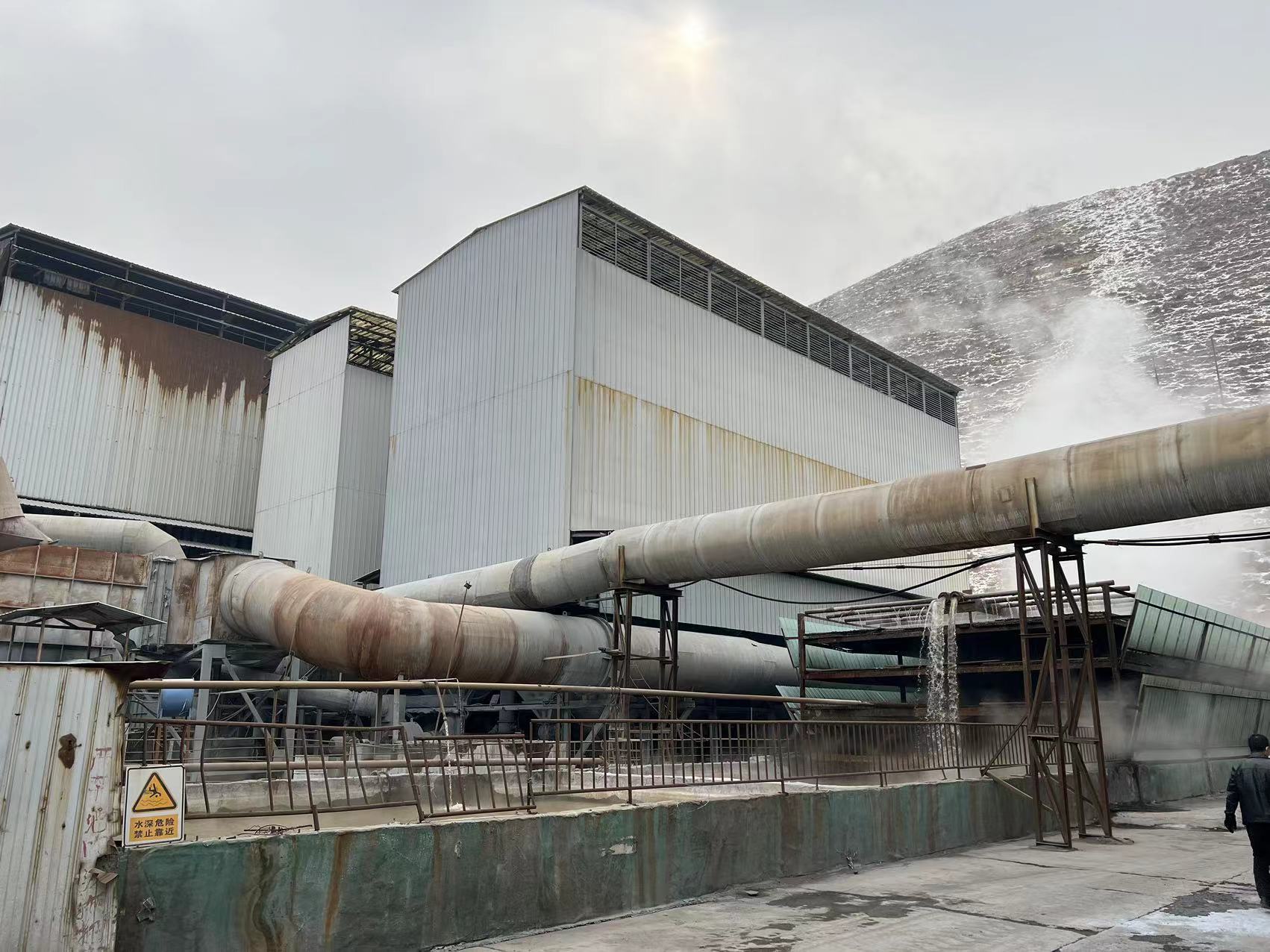- Microsilica produces high-strength concrete (C70 and above), significantly enhancing concrete strength and pumpability;
- It creates highly impermeable (≥ P30) self-waterproofing concrete for subways, tunnels, and basements of high-rise buildings;
- With a rational particle size distribution, high density, and superior hardness, microsilica significantly enhances the tensile, compressive, impact resistance, and abrasion resistance of cured materials, improving impact resistance by 0.5–2.5 times.
- Microsilica powder increases thermal conductivity, modifies adhesive properties, and enhances flame retardancy.
- It lowers the peak exothermic temperature during epoxy resin curing, reduces the linear expansion coefficient and shrinkage rate of cured materials, thereby eliminating internal stresses and preventing cracking.
- Due to its fine particle size and uniform distribution, microsilica powder effectively minimizes and eliminates sedimentation and stratification phenomena;
- With high purity, low impurity content, and stable physicochemical properties, microsilica imparts excellent insulation and arc resistance to cured materials.
- In marine and chemical concrete applications, its high density effectively blocks sulfate and chloride ion penetration/erosion, preventing reinforcement corrosion and extending concrete service life.
- The chemical composition of microsilica is silicon dioxide (SiO₂), an inert substance that does not react with most acids or alkalis. When uniformly distributed and coating surfaces, it provides strong corrosion resistance, enhancing cavitation resistance by 3 to 16 times.
- Low bulk density: One type ranges from 0.2 to 0.8, another from 1.0 to 2.2. As a polymer filler, it requires less material than other mineral fillers, reduces loading weight, and conserves polymer usage, thereby lowering production costs.
- Freeze-thaw resistance: After 300–500 rapid freeze-thaw cycles, microsilica exhibits a 10–20% reduction in relative elastic modulus, whereas ordinary concrete shows a 30–73% decrease after 25–50 cycles. This significantly enhances concrete’s freeze-thaw resistance.
- Early Strength of Microsilica: Microsilica concrete shortens the induction period, exhibiting early strength characteristics. These properties are highly advantageous!
- In hydraulic engineering, expressway, and bridge projects, concrete must not only meet the basic requirements mentioned above but also satisfy extremely stringent demands for abrasion resistance and scour resistance. The incorporation of microsilica is therefore essential.
- Microsilica’s high reactivity provides water-reducing properties, making it suitable as an admixture for: – Early-strength, high-strength concrete required for rapid construction; – High-strength shotcrete admixtures for tunnel, subway, and large foundation pit support structures; – Concrete admixtures for underwater construction projects (e.g., bridge piers, dams, drilling platforms).
Why Is Micro Silica Added To Concrete?

